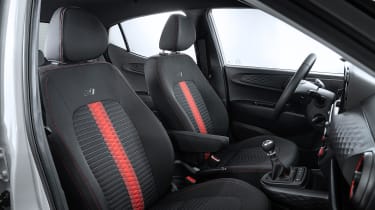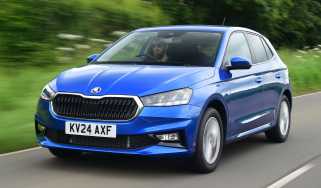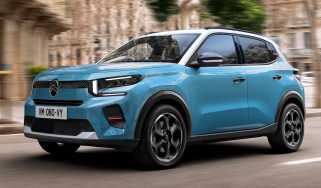New 2023 Hyundai i10 pricing confirmed
The i10 is now even better thanks to upgraded interior technology and will start from £15,420
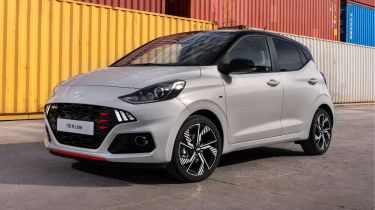
- Arriving second-half of 2023
- Newly refreshed exterior and more equipment
- Tech boost with digital instruments
Hyundai has released details for its updated i10 city car, with a subtle design makeover, upgraded connectivity, improved comfort, and an updated N Line version. The i10 finds itself in a shrinking class, but still needs to entice customers away from rivals including the Toyota Aygo X, Fiat 500 and Kia Picanto.
Pricing for the i10 hasn’t increased dramatically, starting from £15,420 for the i10 Advance; the outgoing version costs from £14,995, while a Toyoto Aygo X currently starts at £15,975.
 The best small cars and superminis in 2025
The best small cars and superminis in 2025
First launched in 2019, Hyundai has decided to keep it sharp by replacing its headlamps, introducing a new LED signature at the front and rear. The grille now gets a honeycomb mesh design, with the i10’s daytime running lights incorporated within it. In a rather neat touch, the rear LEDs also form either side of the letter ‘H’ in a nod towards the manufacturer’s badge.
The updated i10 will be offered in Advance (replacing SE Connect as the entry-level option), Premium and N-Line trims. Advance cars get LED daytime running lights, a digital gauge cluster, keyless entry, USB-C charging ports and rear parking sensors. All cars also get safety kit such as Forward Collision Avoidance Assist with pedestrian and cyclist detection, speed limit detection and Lane Follow Assist.
Starting from £16,720, Premium models get 16-inch alloys, halogen headlamps, keyless entry, front fog lamps, privacy glass, heated front seats and a heated steering wheel. These models also get LED interior mood lighting, electric folding door mirrors and wireless charging.
The N Line version costs from £18,020 and gets a look that is “inspired by motorsport”, with different bumpers and exterior trim, along with different 16-inch alloy wheels, and seats trimmed in fabric with red accents.
Nine exterior colours are offered, including two new pearlescent shades: Lumen Grey and Meta Blue, with a contrasting black roof. There’s blue ambient lighting in the front of the cabin, and a new Purple Package is available. Designed to give the car a “sense of playfulness” and appeal to younger buyers, no doubt, this brings tartan seat fabric with vertical purple lines, purple stitching and purple air vent surrounds. Even the grey plastic has been given a purple sheen to lift the ambiance.
Technology upgrades include an LCD instrument cluster, USB Type-C charging ports in the front and rear, over-the-air map updates, and a new eCall safety system using the 4G network. The eight-inch infotainment touchscreen is mostly unchanged, but along with wireless Apple CarPlay and Android Auto, it also gets the latest version of Hyundai’s Bluelink remote connection software.
Boot space is still top of its class, with 252 litres behind the rear seats, extending to 1,050 litres with them folded. There’s also a dual-height boot floor and the back seats have been designed so they can be folded down with one hand.
There’s an impressive amount of safety kit for a city car, thanks to Hyundai’s Smart Sense suite of features like autonomous emergency braking that can now also detect cyclists. Lane Following Assist can also help steer the car to keep it in the middle of its lane on the motorway, while Rear Occupant Alert warns the driver if a rear door has been used during a journey, to prevent passengers or rear seat items from being left behind accidentally.
Read our in-depth review of the Hyundai i10, or why not check out our list of the top 10 best small cars and superminis?
Recommended

SEAT releases new Black Edition models with sportier styling
Most Popular
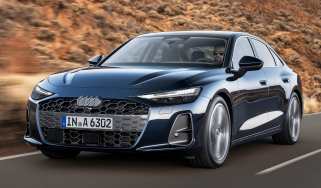
The new Audi A6 saloon has finally landed, and costs from just over £50k

Omoda E5 targets rivals: now with zero deposit and APR
Tips & advice

Car dashboard warning lights: what does each symbol mean?

Electric car charging stations: public networks, charger types, apps and maps


